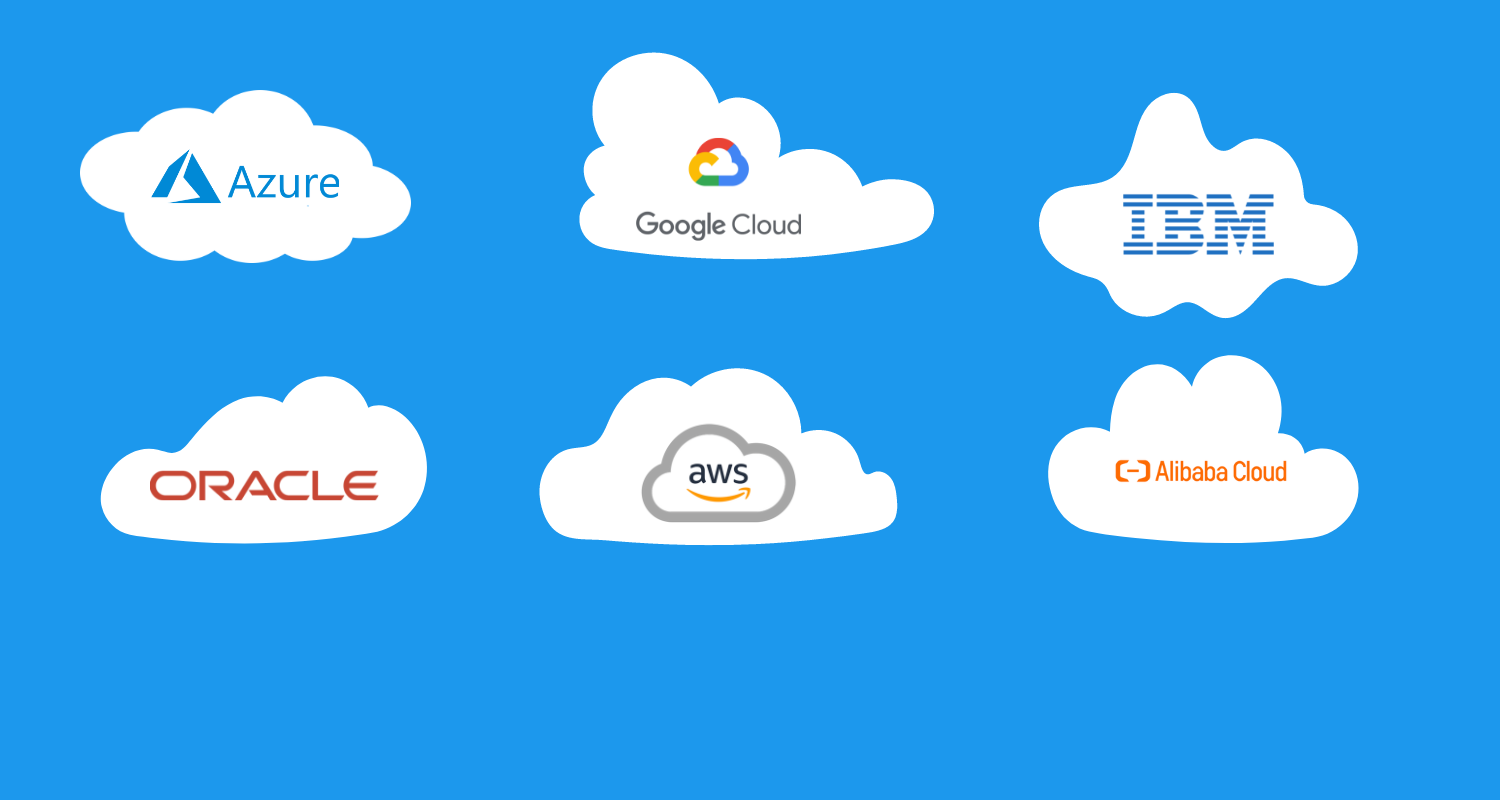
Over the last decade, the popularity of cloud computing has hit the roof. What started as a limited collection of computing services has evolved into a highly-sophisticated ecosystem, emerging as the de-facto solution for Enterprise IT. Nearly a third of organizations are working with four or more cloud vendors.
Whether you're considering multi-cloud deployments because you want to have more options, or you're interested in multi-cloud solutions to create more productivity and minimize risk within your organization, there are a host of benefits to building for multi-cloud models. Unfortunately, most cloud providers would prefer that you consider something other than multi-cloud, as it benefits them to keep you locked in. Ultimately, every CIO should be free to control many of their business.
A growing number of companies have embraced a multi-cloud environment approach as part of their digital transformation strategy, mainly to meet various business and technology requirements because only a single cloud model can fit the diverse requirements and workloads across different business units.
Every central cloud platform—including Amazon Web Services, Microsoft Azure, Oracle, and the Google Cloud Platform—has a range of data-related services in the areas of cloud data warehousing, big data, and real-time streaming, to name a few.
Some workloads run better on one cloud platform, while other workloads achieve higher performance and lower costs on another platform. By adopting a multi-cloud strategy, companies can choose best-in-class technologies and services from different cloud providers to create the best possible solution for a business.
A multi-cloud environment creates an ideal sandbox for IT to experiment with and deploy proofs-of-concept. Another reason for a multi-cloud technology approach is that companies adopt new IT projects in increments. Various teams can set up and decommission scenarios quickly without the burden of the high cost and time needed to build and deploy new infrastructure.
With a multi-cloud computing strategy, each business unit can choose its ideal cloud service depending on its specific business needs, which may include:
Multi-cloud platform is more like a buffet for IT experts, than a pre-set menu. It gives you a chance to pick and choose the components that are relevant to your specific needs and case environments. At the end of the day, the multi-cloud solution is all about enabling new choices and freedom for CIOs and organizations.
For instance, organizations with a large amount of dependency within the Windows ecosystem might find that leveraging a particular set of Microsoft Azure services is beneficial. However, they might also want to use Google for their analytics and machine learning capabilities. This level of freedom and the ability to choose the cloud services that work for you, rather than settling for "whatever is available," is why many big companies have already taken the multi-cloud approach.
While the multi-cloud world is still growing, it's already seduced plenty of early adopters looking for ways to differentiate their business and become more competitive. In a world of digital transformation, companies that take the multi-cloud solution are setting themselves apart from the crowd.
Multi-cloud is the next logical step for any business's cloud journey. After all, it gives you freedom, control, and the ability to mitigate risks with downtime or even bad relationships with your cloud provider. To build the best, you must learn how to develop from a multi-cloud perspective.